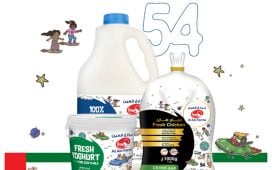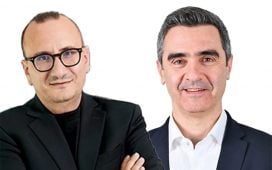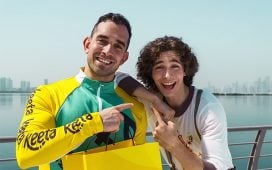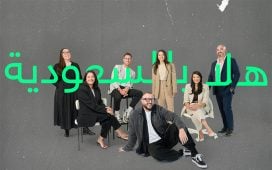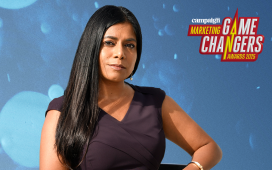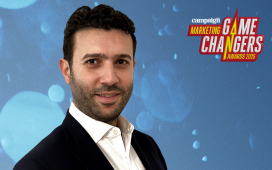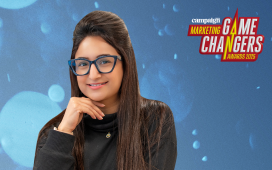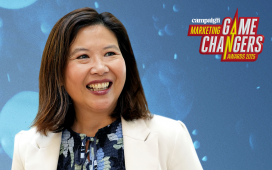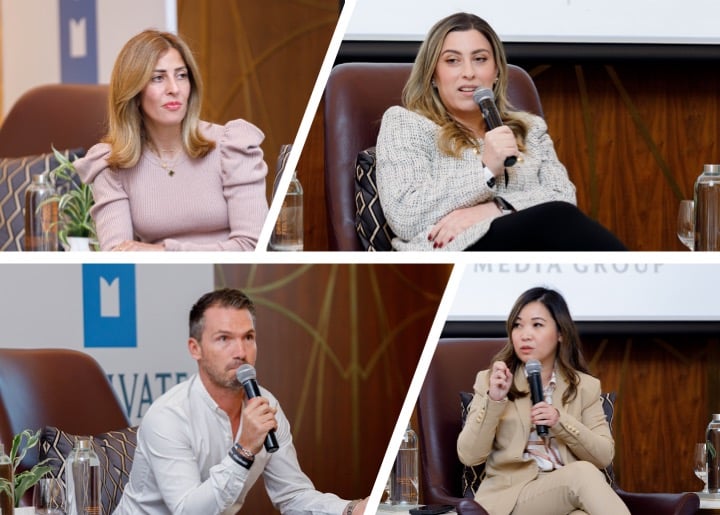 From top left: Rasha El-Ghoussaini, Head of Agency – Snap Inc. MENA; Ghadeer Khub, Director of the Creative & Production Department, DCT Abu Dhabi; Stanislas Brunais, Marketing Director, Ounass; Roxane Magbanua, General Manager – Marketing, Al-Futtaim Automotive.
From top left: Rasha El-Ghoussaini, Head of Agency – Snap Inc. MENA; Ghadeer Khub, Director of the Creative & Production Department, DCT Abu Dhabi; Stanislas Brunais, Marketing Director, Ounass; Roxane Magbanua, General Manager – Marketing, Al-Futtaim Automotive.Top brand marketers from across the region gathered at the Campaign Breakfast Briefing: Ramadan Advertising and the Year Ahead for Media & Marketing 2025 to share their strategies for Ramadan advertising in 2025.
This recap summarises insights from a discussion powered by Snap Inc. and facilitated by Rasha El-Ghoussaini, Head of Agency – Snap Inc. MENA, featuring marketers from various industries.
Ghadeer Khub, Director of the Creative & Production Department, DCT Abu Dhabi, Roxane Magbanua, General Manager – Marketing, Al-Futtaim Automotive, and Stanislas Brunais, Marketing Director, Ounass sat down to share their take on how communications and creative storytelling around Ramadan ha
To continue reading this article you need to be registered with Campaign. Registration is free and only takes a minute. Register Now or sign in below if you already have an account.

